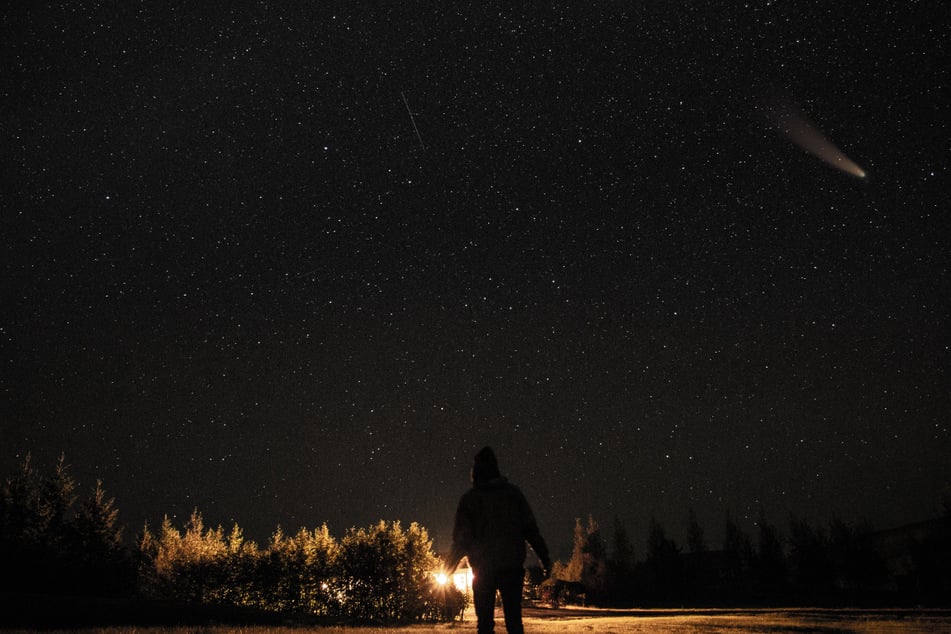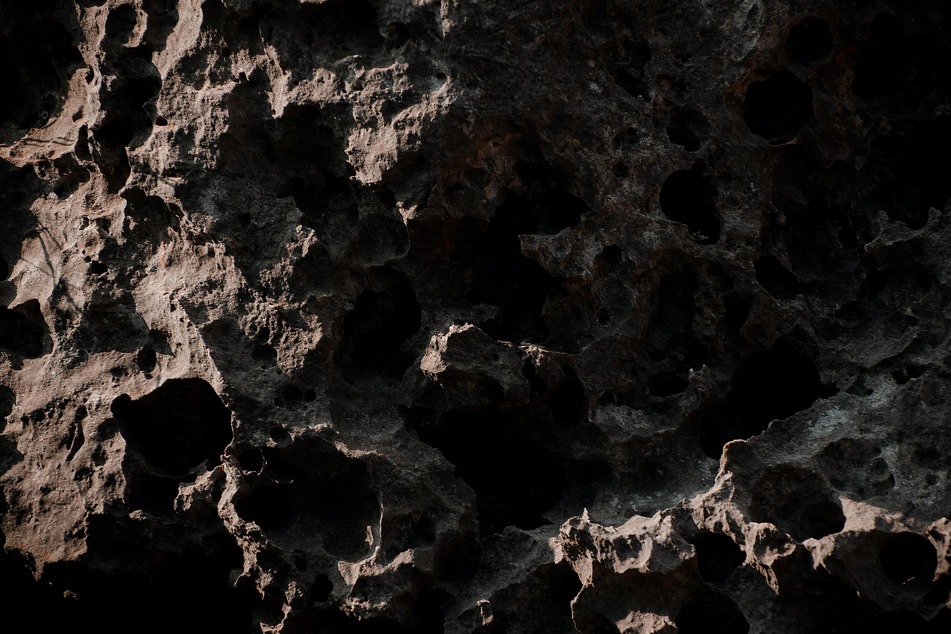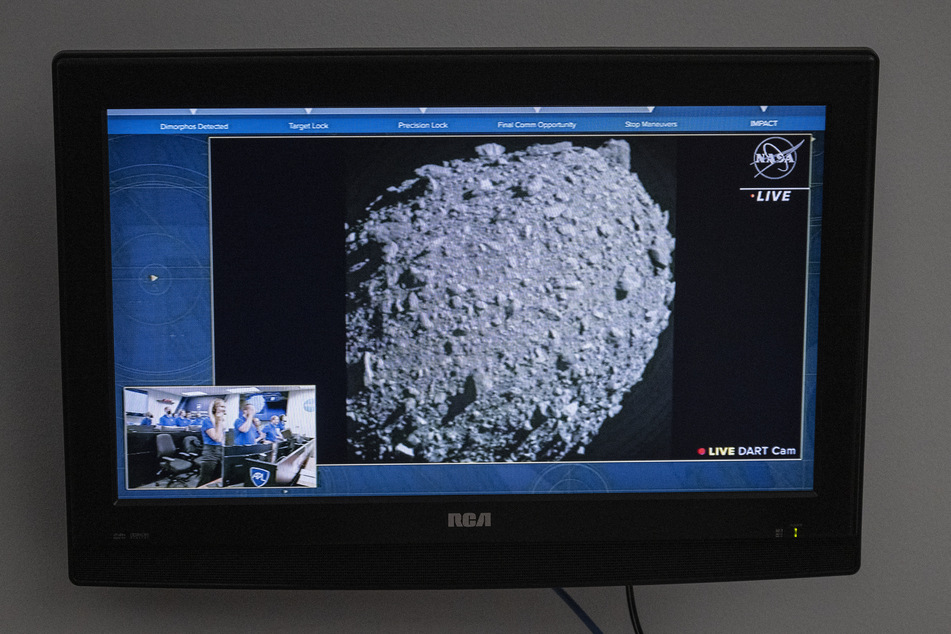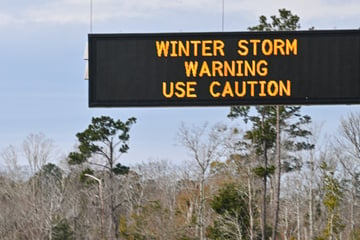NASA says a space rock hurtling towards Earth spells asteroid opportunity
La Cañada Flintridge, California - On Friday, April 13, 2029, an asteroid wider than three football fields will pass closer to Earth than anything its size has come in recorded history. That may seem scary, but as the rock won't hit our planet, scientists are relishing the flyby as a rare opportunity.

To be clear: The asteroid is not going to hit us.
There was a while there when it seemed like it could. Suffice to say those were heady days in the asteroid-tracking community. But as of March 2021, NASA has confirmed that there is absolutely zero chance the space rock known as 99942 Apophis will strike this planet for at least 100 years.
So, phew. Cross that particular doomsday scenario off the list.
What remains true, however, is that in 2029, an huge asteroid named Apophis will pass close to Earth.
An asteroid strike is a disaster, an asteroid flyby, an opportunity. And Apophis offers one of the best chances science has ever had to learn how the Earth came to be – and how we might one day prevent its destruction.
When was the Apophis asteroid discovered?

Asteroids are small, rocky objects that orbit the sun.
In the movies, incoming asteroids appear without warning from the depths of space and speed directly toward us until missiles or Bruce Willis heroically destroy them.
In real life, asteroids orbit the sun on elliptical paths. They are often spotted years, if not decades, before a potential collision – which is not great for dramatic tension but better for planetary survival.
Apophis was discovered in 2004. After calculating its potential orbits, astronomers were startled to realize it had a 3% chance of hitting Earth in 2029. In a nod to its horrifying potential, they named it Apophis, an Egyptian god of chaos.
"We were shocked," said Paul Chodas, who manages NASA's Near-Earth Object Program Office at the Jet Propulsion Laboratory in La Cañada-Flintridge. "That is very serious and, actually, a very unexpected and rare event."
Astronomers use a color-coded warning system called the Torino Scale to gauge the degree of danger an asteroid or comet presents to Earth in the next 100 years. Since the scale's creation in 1995, none of the roughly 30,000 near-Earth objects known to exist in the solar system had ranked higher than 1 on the zero-to-10 scale.
Apophis was a 4.
Apophis asteroid presents an "unprecedented opportunity" for researchers

The longer astronomers track an asteroid, the more clearly defined its orbit becomes. Within a few months, scientists were able to rule out the possibility of a 2029 strike. Within a few years, they were able to dismiss the even smaller chance of a hit in 2036.
In 2021, radar observations confirmed that Apophis will not strike when it passes us in 2068, leaving Earth in the clear for at least a century.
With humanity's safety assured – from this threat, at least – the coast was clear to geek out on some asteroid science.
"We've never seen something that large get that close," said Lance Benner, a principal scientist at JPL.
"Close," in the space world, is a relative term. At its nearest, Apophis will pass roughly 19,000 miles above Earth's surface. That's about one-10th the distance to the moon.
No one on the ground will be tempted to duck, and it will not appear as a fireball swooshing across the heavens.
On the big night, Apophis will be visible with the naked eye from parts of Europe and Africa. In New York, experienced stargazers might be able to spot it with binoculars around 6:30 AM EST on April 13, 2029.
The asteroid close encounter presents "an unprecedented opportunity to study its physical properties and to help us learn things that we've never been able to learn before," Benner said.
Apophis asteroid can reveal insights about the history of our solar system

An approach this close from an asteroid this big occurs at most every few thousand years, said Davide Farnocchia, a navigation engineer at JPL.
"It's something that almost never happens, and yet we get to witness it in our lifetime," Farnocchia said. "We usually send spacecraft out there to visit asteroids and find out about them. In this case, it's nature doing the flyby for us."
From the ground, Apophis will resemble a star traversing the night sky, as bright as the constellation Cassiopeia and slower than a satellite. Though it may appear far away for those of us down here, it will in fact be near enough for NASA to reach out and touch it.
OSIRIS-REx, a spacecraft currently ferrying home samples from the surface of an asteroid called Bennu, will rendezvous with Apophis in 2029. Shortly after April 13, the craft – by then renamed OSIRIS-APophis EXplorer, or OSIRIS-APEX – will steer toward the asteroid until it is drawn into its orbit, eventually getting close enough to collect a sample from its surface.
Apophis is shaped like a peanut shell, a form astronomers call a "contact binary." The hunk of nickel, iron, and silicate is a relic from the earliest days of the solar system, a byproduct of the massive cloud of gas and dust that formed 4.6 billion years ago and eventually led to us.
"These asteroids are primordial samples," Chodas said. "Learning about the composition will help us understand the history of the solar system and where these things came from."
Scientists are researching methods to prevent future asteroid-related catastrophes

Given the proximity, researchers will also be able to study Apophis with ground-based tools that have never been deployed for an object this size.
Hundreds of space rocks hit Earth every year, and most are harmless. A big one, though, can wreak havoc far beyond its initial impact site.
NASA is working on a plan to deal with possible collisions. Last year, its Double Asteroid Redirection Test, or DART, spacecraft deliberately crashed into a rock 7 million miles away to see whether humans could change the trajectory of a celestial object. (Good news: We can.)
If we ever did have to deflect an incoming asteroid, that's how we'd do it: not with a grand, Death Star-style explosion but with a speedy projectile strong enough to knock it ever-so-slightly off course.
"That mission was spectacularly successful and showed that that technique works," Benner said. "Don't send Bruce Willis and a bunch of oil drillers up there to blast it to smithereens."
Cover photo: Unsplash/Chris Henry
